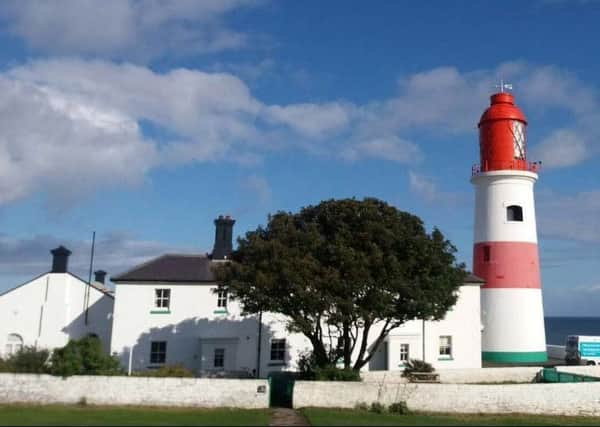Historic lighthouse keeper's cottage to switch over to gas


The National Trust has been given the green light to upgrade the aging heating system at one of Souter Lighthouse’s two Keepers’ Cottages.
The Grade II listed property and the lighthouse were built in 1871 at Marsden and the cottage is now a holiday home - but its current electric heating are inefficient and costly.
Advertisement
Hide AdAdvertisement
Hide AdTrust bosses plan to upgrade the heating system to allow for easy internal environment control and improved efficiency.
It will be powered by gas, as is the rest of the Souter site including a second cottage.
The trust, which owns and manages the site, admits the work will involve making small holes in some walls and a ceiling.
In its application, it said: “Keepers Cottage 1 is currently served by a tired, inefficient and costly electric heating system.
Advertisement
Hide AdAdvertisement
Hide Ad“The proposal is to replace the electric heating system with a wet heating system which will allow easy internal environment control and improved efficiency.”
Souter, the world’s first lighthouse to be designed and built specifically to be powered by electricity, was decommissioned in 1988.
The whitewashed cottage, which has sea views, was used by the lighthouse keeper and his family.
South Tyneside Council’s historic environment officer considered the trust’s proposal and advised planning chiefs that it was acceptable.
Advertisement
Hide AdAdvertisement
Hide AdA council report states: “The applicant believes that the work will enable better environmental control, improved energy efficiency and the capacity to better monitor energy usage. This will contribute to securing the building’s sustainable future.
“Following a site inspection, it has been established the internal works would not impact upon any original features to the building.
“It is considered that the proposals would not harm the character, appearance and integrity of the listed building.
“The proposals are in accordance with the relevant policies and are considered to be acceptable.”